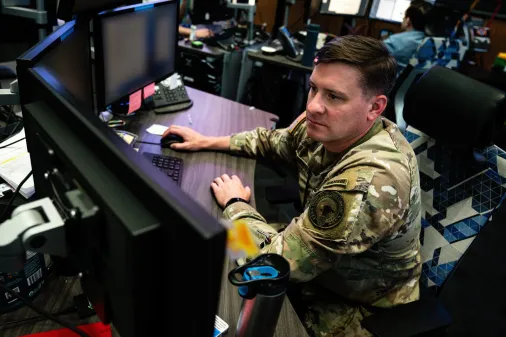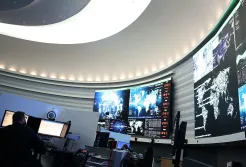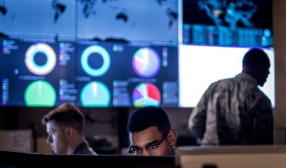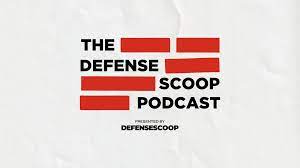House lawmakers receive first briefing on Cybercom 2.0 model
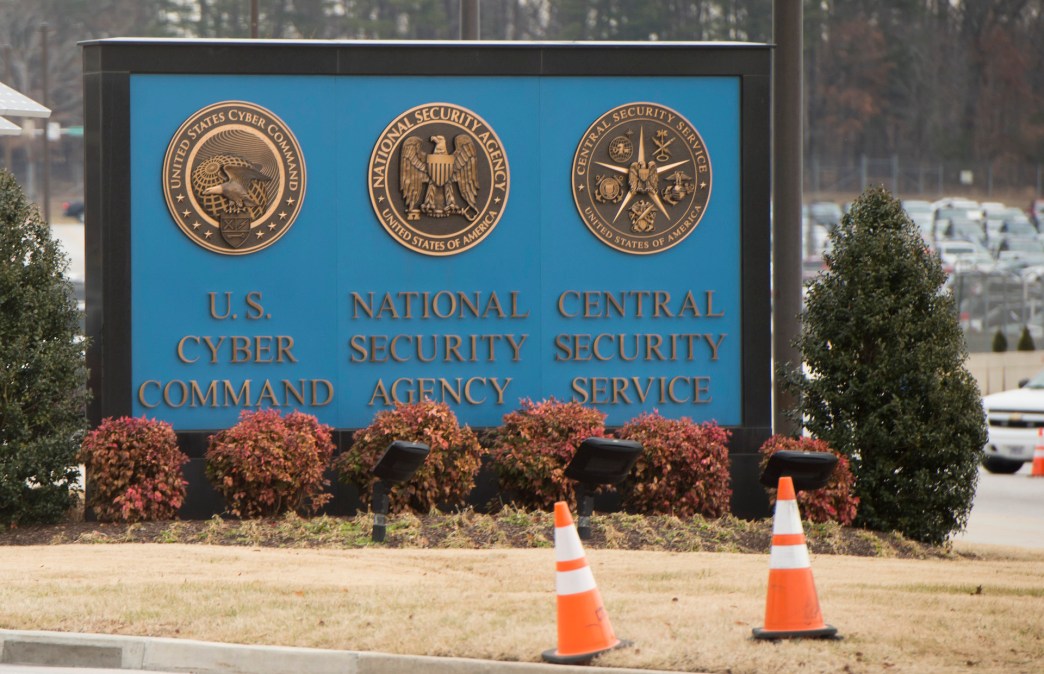
House lawmakers received a classified briefing Tuesday on the Defense Department’s plan to mature its cyber warfighting enterprise, a senior member confirmed.
The briefing, conducted by Gen. Timothy Haugh, commander of U.S. Cyber Command, and Ashley Manning, acting assistant secretary of defense for cyber policy, was the first for members of the chamber on the approved framework for the initiative known as Cybercom 2.0.
“The members of the [House Armed Services Cyber, Information Technologies, and Innovation] subcommittee are very engaged on the future direction of USCYBERCOM and the exchange was substantive and candid,” Rep. Don Bacon, R-Neb., chairman of the subcommittee, told DefenseScoop in a statement. “Secretary of Defense [Pete] Hegseth and General Haugh share the committee’s concerns that the status quo is not acceptable and that more must be done to develop DoD’s cyber force posture, capacity, and capabilities to match the strategic environment.”
Cybercom 2.0 is an ambitious plan first unveiled by former commander Gen. Paul Nakasone and other top DOD officials. It was meant to not only provide a holistic examination of the command and its forces to better posture it for the future — given its structure remained largely untouched since its inception over a decade ago in a less dynamic environment — but also bunch together multiple congressional reports that lawmakers required of the department in several annual defense policy bills.
Former Secretary of Defense Lloyd Austin approved a broad outline for Cybercom 2.0 in December, which encompassed four buckets, according to sources: a new force generation model for how each service provides cyber forces to Cybercom; a talent management model; an advanced training and education center to ensure forces are more ready when arriving to their units and have specialized training if needed; and a cyber innovation warfare center that could focus on rapid innovation and capability development.
Although Austin signed off on those four broad buckets, what they encompass must be fleshed out by an implementation team, which is working to deliver them in the coming months.
Cybercom and its force was set up over a decade ago before the emergence of many of the advanced threats that exist today. Thus, the command needs to modernize — particularly in a domain as dynamic as cyberspace — to meet those threats.
Moreover, the organization was granted enhanced budget authority last year, meaning it now has greater control over its forces, capabilities and budgeting. Many of the Cybercom 2.0 recommendations seek to build upon and accelerate how the command can use those new authorities.
Some lawmakers have expressed optimism for the 2.0 effort.
Cybercom 2.0 is not taking place in a political vacuum. The initiative is underway amidst a growing chorus of experts calling for an independent Cyber Force.
Some in Congress and outside government believe the current cyber model is too broken and the only way to deliver successful outcomes is to create a standalone military branch focused solely on cyber that can recruit, train, retain and fill billets for Cybercom, as opposed to the existing services continuing to do that on top of the myriad other warfighting focuses they have.
A provision for an independent assessment of a potential Cyber Force passed both chambers of Congress last year during the annual defense policy bill process, but was eventually watered-down to strip some of the key language such as a deadline for the study and placing a larger focus on alternative models for cyber forces rather than solely focusing on an independent armed service.
One of the authors of that provision in the House, Rep. Morgan Luttrell, R-Texas, told reporters last month that he’ll be pushing again this year to ensure the study gets done.
Other news outlets have noted that several lawmakers plan to keep pushing officials on the results of the study this year, ensure it is completed and evaluate what they need to further examine based on the findings.
